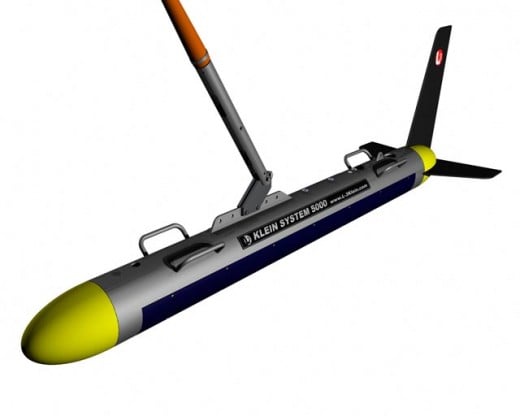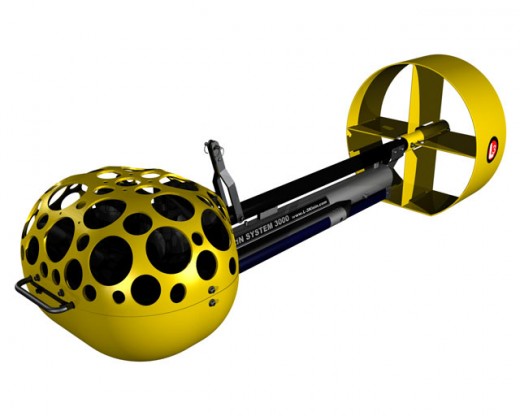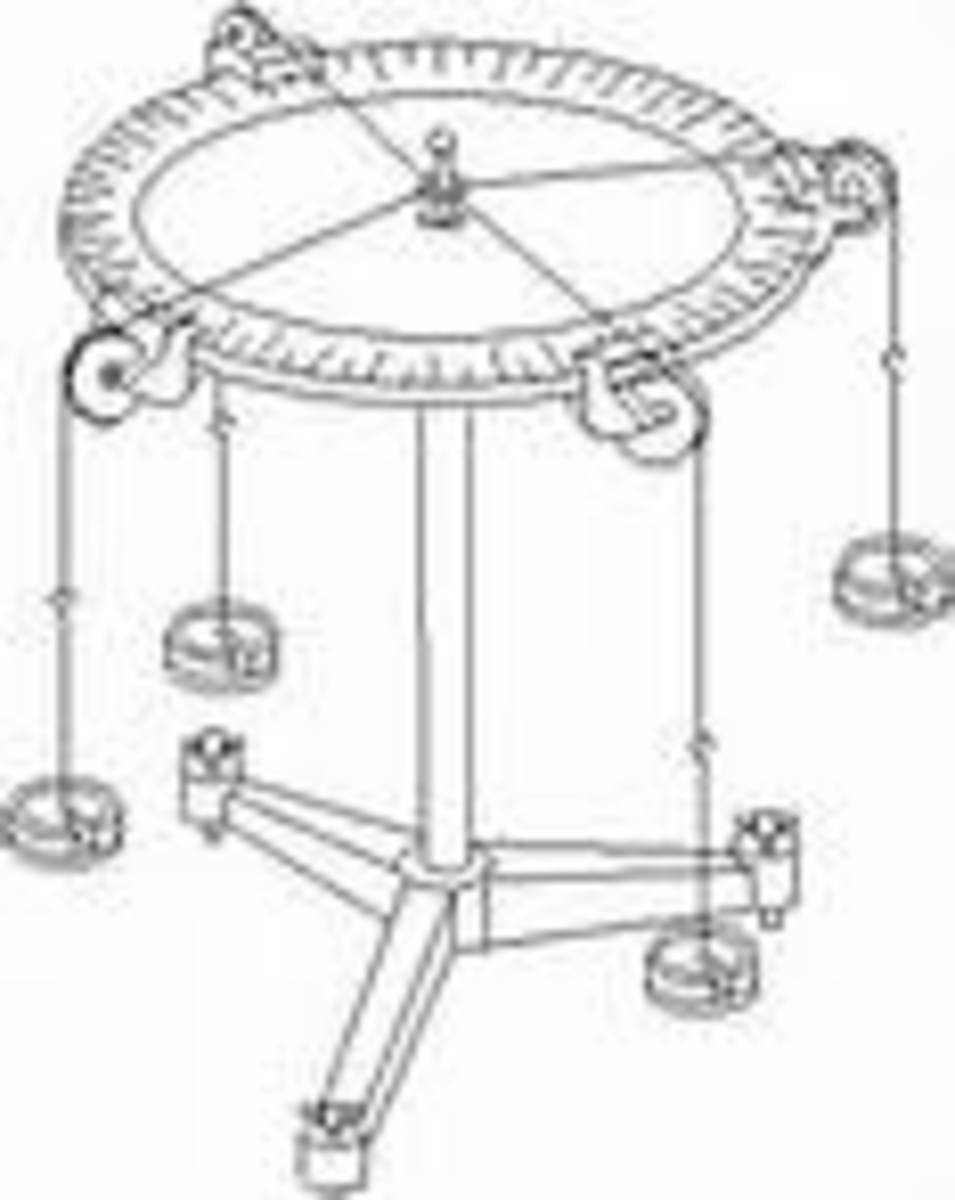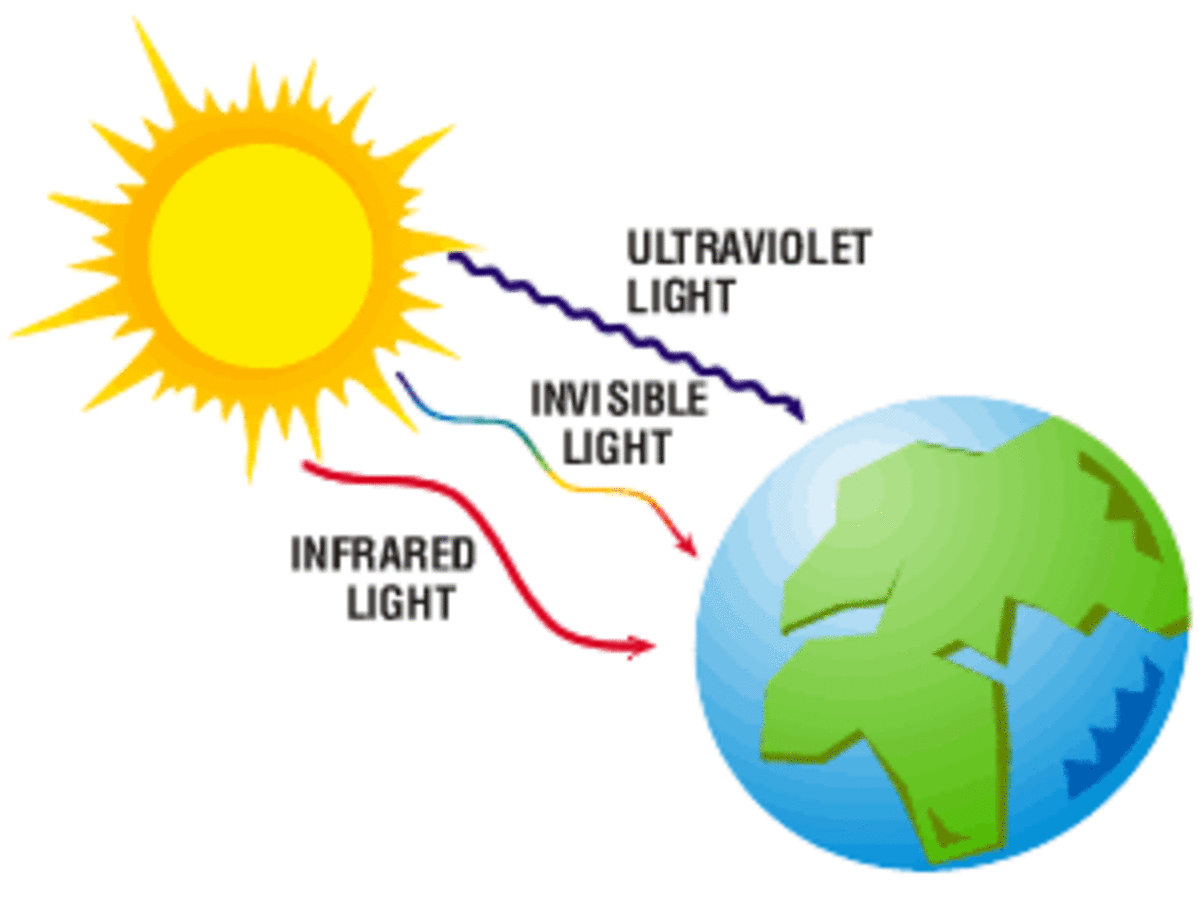Marine Surveys
Marine Surveys
The exploration of the seabed is crucial in Marine Surveys in locating obstacles which could be hazardous to the laying of oil pipelines and the location of rigs and platforms. As well as obstacles on the surface, items can be buried by the action of tides and currents, and these potential hazards, each a danger in its own right, can be located quite easily with the sophisticated equipment now available. From remotely operated vehicles, ROV's, armed with video cameras, still cameras and echo sounding equipment, ROV's of huge size and capabilities, to tiny ball shaped vehicles equipped with only a camera, the whole spectrum of exploration can be covered. In the lists of available equipments are Sidescan Sonars, Sub Bottom profilers, Sparkers, Boomers, Magnetometers, Echo Sounders and air guns driven by compressed air.
These last seven pieces of kit all work on the same principle but use different ranges of frequency, acoustic energy and power. They emit energy which is bounced off the seabed, returning to the equipment inside the ship, being interpreted and displayed in an analogue and a digital format.
Image by Klein associates

Sidescan Sonars are towed behind a ship and fly through the water a short distance off the seabed. They will cover the surface of the seabed with a continuous stream of electronic energy at a frequency of between 100Khz and 500K z, to a distance of 500 metres either side of the ship's track. At a speed of about five knots the vessel steams up and down a grid of lines drawn on a chart, covering a precise area of exploration. The seabed will be displayed on a continuous stream of treated paper to give a permanent record. Essential knowledge is gained for the laying of pipes and in the surveys of Harbours and ports.
Klein Associates
http://www.l-3klein.com/
Sub Bottom profilers can display images
of the first ten to fifteen metres of the sub seabed strata, and are
used to locate buried pipelines, or obstacles near the surface, but
hidden from view. They operate on a lower frequency than the
sidescan, typically 10 to 15Khz, and the fish needed to house the
transducers is a lot heavier.These fish are not towed as deep as the sidescan fish and a delay is able to be added to the transmission of energy so that the water column is accounted for.
Klein's sub bottom profiler

other exploration equipments
A Magnetometer is an instrument for locating anomolies in the magnetic field of the seabed beneath a towed detector, whereby objects showing a magnetic field, i.e. steel and iron can be pinpointed.
Sparkers tow an array of acoustic probes behind a ship which arc out under the surface of the sea, sending shock waves down to penetrate the seabed. High energy capacitors store the energy and are then discharged causing the probes under the surface to light up the sea as they spark.
Boomers tow acoustic transducers which are shocked into operation by high voltages, causing the typical booming noise. Both Sparkers and Boomers are capable of deep penetration of the seabed.
Air guns are heavy, sound producing instruments, generally made from stainless steel. They are operated by compressed air, sending energy deep into the seabed. Hydrophones towed behind the ship then pick up the returning acoustic energy and relay it to recording instruments inside the ship where the patterns of strata of the earth's make up is interpreted. These deep seismic records are essential in the discovery of oil fields.
Undersea Navigation
When laying pipelines, accurate navigation of the seabed is essential so that the pipeline is laid in the correct position. The pipelaying barge can be positioned on the sea surface by the taking up or easing of tension on its anchor cables, aided by satellite navigation. Instruments called Compatts are anchored on the seabed and equipment on the barge measures the range and direction to them so that the barge can be accurately positioned. The Compatts have flotation collars fixed to them and an electronic release mechanism so that they can be released from the seabed and recovered, to be used again a distance in front of the pipelaying operation.







